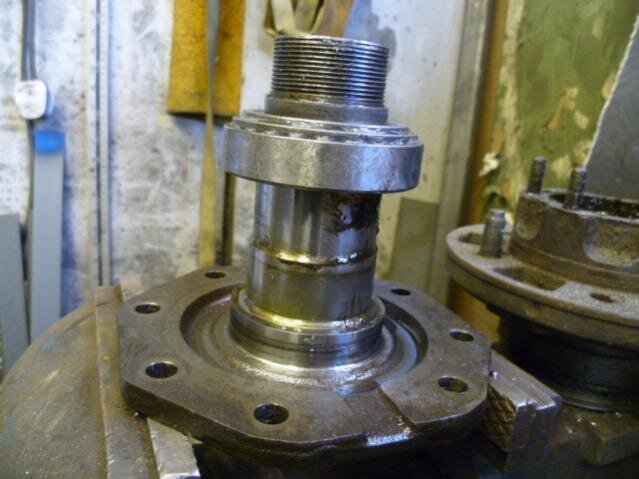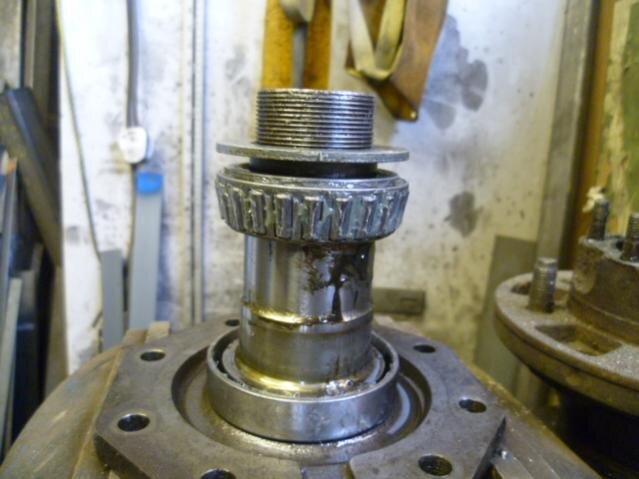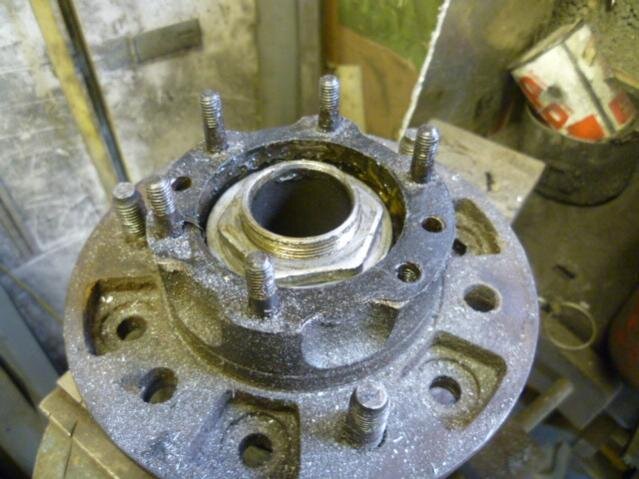Rob, I have certainly had loose bronze bushes in the stub axle before. I replaced both my fronts with the new needle roller assembly but didn't have any issues installing them at all. The rollers pushed in very nicely and the bronze faces were a very snug fit. Andrew, I am with you, I have had quite a few forays into 80 axles in a very short time and have always seen wear marks on the inside of the thrust washer. However, not noticed any significant wear patterns on the stub axle itself. But the inner bearing races are not a 'tight' fit as such on the stub, are they. They just slot on, so the thought that they might spin is not unusual. I don't think they'll spin (as in slip) all the time, mostly they'll just sit still with the stub, but with extreme side loading or some such maybe they get dragged round - especially if your preload if off.
Incidentally the replacement stub axles at Miler are genuine boxed Toyota ones.
Chris







 . As I am on my work laptop it's a bit of a faff to get photos uploaded to the net without getting into trouble so no photos today.
. As I am on my work laptop it's a bit of a faff to get photos uploaded to the net without getting into trouble so no photos today.